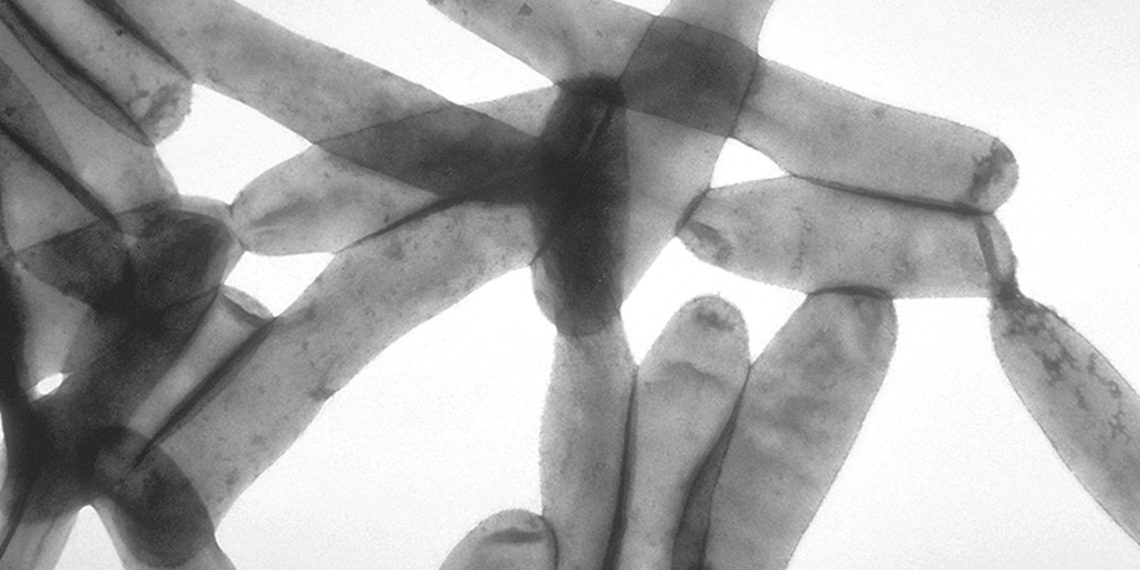Contracting Pneumonia from exposure to legionella is not a common occurence. But it happens, although uncommon, and affects only 1 in 100000 in Europe. It also has an alarmingly higher rate of fatality -10%.
This pathogenic bacterium, Legionella Pneumophila has 300 toxins that infect humans. But once the bacteria is inhaled, legionella enters the lungs and infects human cells and causes pneumonia.
Legionella toxins facilitate the survival of bacteria and ensures their replication inside human cells. There are a huge number of toxins, which made it hard to carry out the legionella risk assessment and pin point which was responsible for growth of Legionella. Moreover, many toxins have similar functions which makes it hard to identify the toxins.
Some researchers from EMBL Grenoble and Goethe University, Frankfurt studied the toxin SidJ in detail. And it is a vital toxic protein of Legionella. It injects into the human cytoplasm and enables the successful infection and replication of the bacteria.
Bhogaraju, one of the researchers explained- “SidJ has no sequence similarity to any of the proteins with a known function. We had to resort to standard biochemical methods and spectrometry to determine its function. While working out its mechanism proved to be challenging, it was also very exciting.”
Ivan Dikc, the director of the institute of biochemistry II at Goethe University said- “This kind of activity is a first for bacterial proteins. Legionella has clearly has cleverly evolved to use Calmodulin to trigger SidJ’s activity and as a result prevents SidJ’s activation before the infection in the human body takes place.”
Bhogaraju also explained further that even though their study isn’t pharmaceutical directly, it will help in the future in dealing with Legionellla. “While our work doesn’t have a direct pharmaceutical application our results on the structural and functional characteristics of one of the most important toxins of legionella, will lead to future studies aiming to target this protein for therapeutic uses.”


